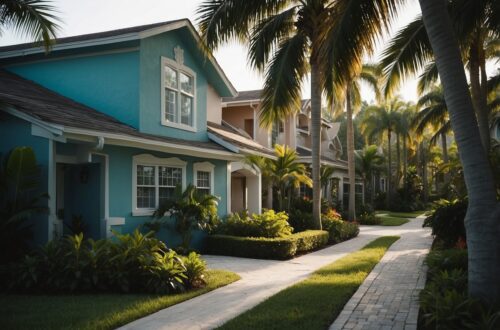As you engage loved ones in discussions about systemic racism, tell stories. This can make it easier for people to connect with the topic and open up their thinking.
Racial inequality persists despite a decline in overt prejudice. Research across various fields confirms this, including the writings of Dr. Jason Campbell.
Contents
Wealth Distribution
The typical white family has nearly ten times the wealth of the typical black and Latino family. The lack of access to opportunities for economic mobility and the effect of policy decisions on income distribution and wealth inequality drive that gap.
Many Americans continue to believe that racial differences persist in a wide variety of areas, such as job applications and housing searches. In addition, a large majority of the public thinks that the government should work to ensure black people have equal rights with whites.
However, most voters do not support specific policies to reduce racial inequality, reflecting a disconnect between principle attitudes (e.g., racial equality as an ideal) and policies to achieve those ideals. This reflects the persistence of a belief in deficiency theories of racial inequality, which rely on individual prejudices and biases to explain why nonwhites remain at the bottom of society. These theories neglect the fact that racial inequalities can occur even when overt prejudices are no longer socially acceptable.
Education
Education is crucial for society as it empowers people through expert knowledge and valuable skills. It also helps people form strong opinions and learn to appreciate the views of others, promoting tolerance. People with higher levels of education are less likely to fall for propaganda and are better able to recognize their rights, thus reducing social conflicts.
However, conflict theorists argue that educational systems perpetuate social inequality. They claim that schools track students based on socioeconomic status, race and ethnicity, and academic abilities. The high achievers are tracked up, while those who do not perform well are tracked down. This leads to the null curriculum, which refers to books, subjects, and topics that are consciously not part of the overt curriculum.
Furthermore, educated people are more aware of the world around them and are more likely to be concerned about gender-based violence or other problems. They can differentiate between right and wrong and understand other cultures.
Crime
The rates of crime and violence in the United States are linked to patterns of inequality. For example, studies of crime show that young urban, poor, and Black and brown people are arrested for and convicted of crimes at higher rates than their white peers. This can reinforce negative racial stereotypes and contribute to societal attitudes that blame minorities for their problems.
Many Americans think the country still has work to do to give black people equal rights with whites. Many blacks across all education levels agree that the country hasn’t come far enough on this issue.
In addition, some audit studies have found that racial discrimination is common in the context of job applications, housing searches, applications for insurance or loans, and even hailing taxis. These racially biased decisions can prevent individuals from fully realizing their economic potential and hurt the economy as a whole.
Health
Throughout history, the concept of a racial hierarchy has influenced medical, educational, and employment policies and practices. This has contributed to disproportionate rates of illness, injury, and death in a range of areas, including diabetes, hypertension, obesity, and heart disease. These disparities are a national embarrassment and continue to deprive our nation of the full breadth of talent, innovation, and perspectives needed to meet our challenges.
Despite many Americans believing in principles of equal opportunity, significant differences persist across demographic groups regarding opinions about fair treatment. For example, majorities of black adults say they are treated less fairly than whites in dealings with police and the criminal justice system. In contrast, most whites report being treated equally in these situations.
More broadly, most blacks and whites say the country has worked to improve equality. Those with a bachelor’s degree or higher are more likely than those with less education to say that the country hasn’t yet gone far enough to achieve equality between blacks and whites.






